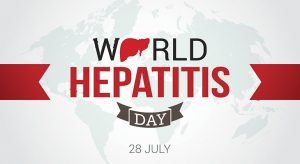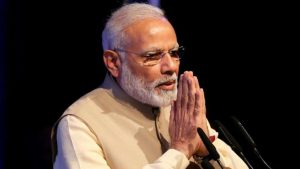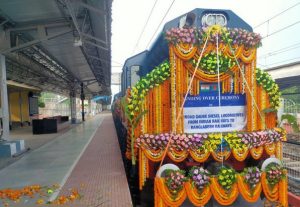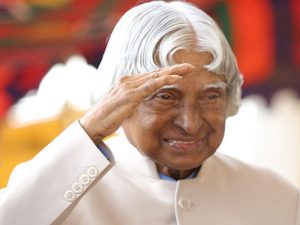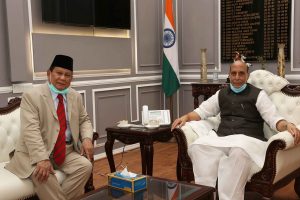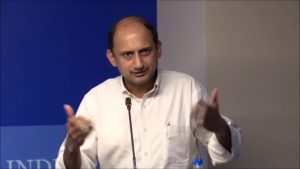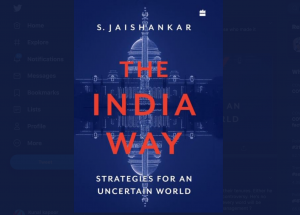VisionIAS
20:38
राफेल लड़ाकू विमानों की पहली खेप के रूप में कल देश को पांच विमान मिल जाएंगे. ये विमान फ्रांस से लगभग सात हजार किलोमीटर का सफर तय करके कल अंबाला वासुसेना अड्डे पर पहुंचेंगे. इन पांच विमानों में तीन सिंगल सीटर विमान और दो ट्विन सीटर विमान शामिल हैं.
नंबर 17 स्क्वाड्रन ‘गोल्डन एरोज’ को राफेल विमानों से लैस इस सैन्य बेस पर तैयार किया जा रहा है. वायुसेना के बेड़े में राफेल के शामिल होने से उसकी युद्ध क्षमता में महत्वपूर्ण वृद्धि होने की उम्मीद है. भारत को यह लड़ाकू विमान ऐसे समय में मिल रहे हैं, जब उसका पूर्वी लद्दाख में सीमा के मुद्दे पर चीन के साथ गतिरोध चल रहा है.

